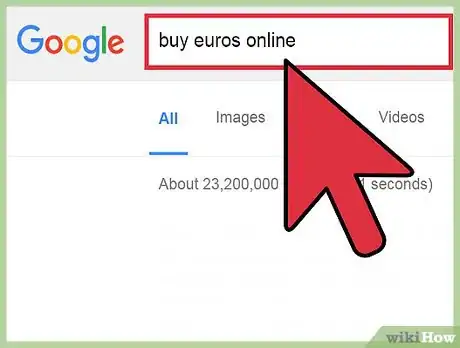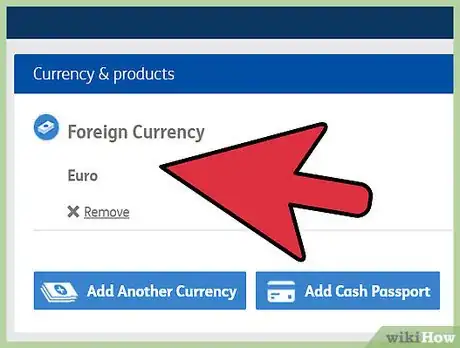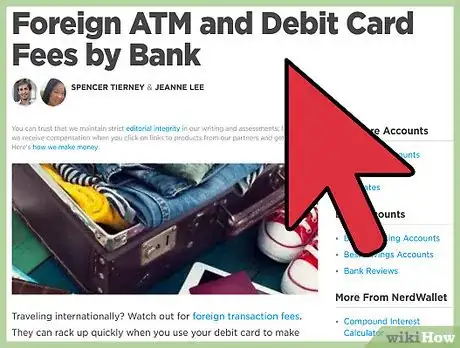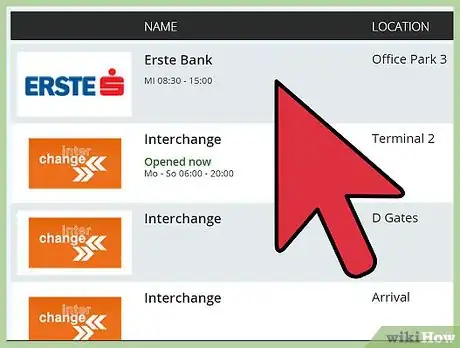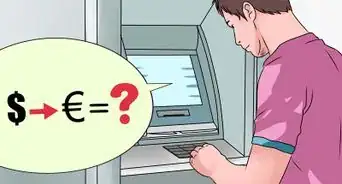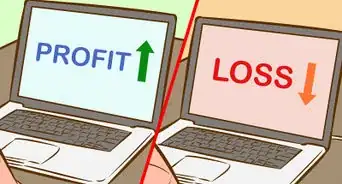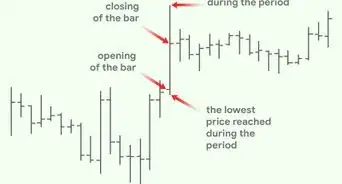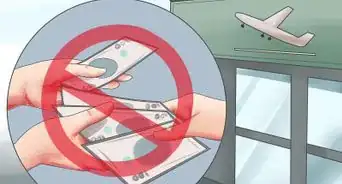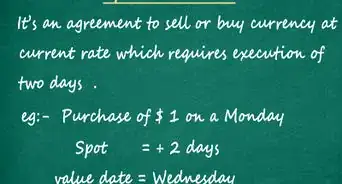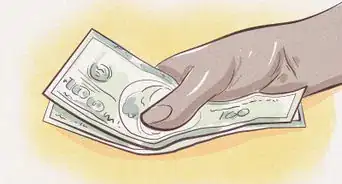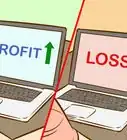This article was co-authored by Michael R. Lewis. Michael R. Lewis is a retired corporate executive, entrepreneur, and investment advisor in Texas. He has over 40 years of experience in business and finance, including as a Vice President for Blue Cross Blue Shield of Texas. He has a BBA in Industrial Management from the University of Texas at Austin.
There are 7 references cited in this article, which can be found at the bottom of the page.
This article has been viewed 45,324 times.
If you're planning a trip to Europe, you may want to buy Euros well in advance to take advantage of a more favorable exchange rate than you might find during your trip. Buying Euros online saves you from having to wait in line at the airport or the bank and usually saves in transaction fees.
Steps
Buying Euros Online
-
1Watch the exchange rate between the Euro and the currency used in your country. You want to be able to buy as many Euros as you can. Look up the current exchange rate and find out whether the rate is falling or rising. It may be helpful to look at a graph for the last few months to see how the Euro is performing against your currency.[1]
- Determine which currency is being used to calculate the exchange rate; this is called the base currency. For instance, if you see this exchange rate: 1 EUR = 1.36 USD, that means it costs $1.36 American dollars to buy one Euro. The base rate is the first figure listed. Each country's currency has its own code.
- If the base currency is American dollars and the exchange rate is 1 USD = .772 EUR, then it will cost you 100 American dollars to buy about 77 Euros. In this situation, the exchange rate is being calculated with the U.S. dollar as the base.
-
2Find a bank or foreign exchange firm that sells foreign currency. You can buy Euros with either an e-check (you enter the check information) or a credit card. The exchange rates will differ depending on your payment method. Be sure to check what the transaction and shipping fees are. You may want to browse several web sites to find one whose fees are acceptable.[2]
- Some sellers give you the current exchange rate but charge a fee for the transaction. Others offer an exchange rate that's less than the current rate to make money on the transaction.
- For example, if the exchange rate is 1 USD = 1.29 EUR but the seller is offering an exchange rate of 1 USD = 1.22 EUR, then you will spend 100 U.S. dollars to buy 122 Euros from that seller. This is the same as if the seller charged seven Euros (or the dollar equivalent) for the transaction.
Advertisement -
3Enter the shipping address. You must use the address that's associated with your bank or credit card account. Generally, the seller will not ship to post office boxes, and you will need to be available at the address to accept the package. If you can't be available, you may choose to pick up your Euros at a local bank branch.[3]
Knowing What to Look For When Buying Euros Online
-
1Learn the symbols. You want to make sure you order the correct currency, so you’ll need to learn what symbols equate to euros. Sometimes euros are referred to by the abbreviation EUR. Other times they are represented by the symbol €.[4]
-
2Figure out what places use euros as their currency. In general, you’ll only be able to use euros in countries that use the euro as their national currency. Most countries in the European Union use the euro as currency. There are, however, some exceptions. Here is a list of countries that use euros as their currency:
- Austria
- Belgium
- Cyprus
- Estonia
- Finland
- France
- Germany
- Greece
- Ireland
- Italy
- Latvia
- Lithuania
- Luxembourg
- Malta
- the Netherlands
- Portugal
- Slovakia
- Slovenia
- Spain
-
3Decide what kind of currency you want. When you order euros, you’ll need to decide what form of the currency you’ll want to use. There are coins and paper currency in the euro.
- You might only want big bills so it’s easier to transport. Or you might want to get a collection of smaller bills so that they are easier to use for day-to-day expenses.
- You might also consider whether or not you’ll need to order any euro coins. Many exchanges do not deal in coins. Luckily, it is quite easy to convert a paper Euro note into coins in the destination country.
- Euro bills come in the following denominations: €5, €10, €20, €50, €100, €200, and €500.[5]
Using Other Methods to Acquire Euros
-
1Get euros from your bank before your trip. Most banks can order euros for you in person. Just notify your bank (in person or over the phone) that you’ll need to order some euros and tell them how much and what denomination of bills you want. Banks can usually get the foreign currency for you within a few business days.
- Some banks will charge you a nominal fee for this service.[6]
-
2Exchange currency into euros at the airport. When you arrive at most large or international airports, there will be several currency exchange places that you can take advantage of. They will charge you a fee to take your cash (whatever currency) and change it into euros.
- You can also find money-exchanging places outside of the airport. Most major cities have them, especially near tourist locations.
-
3Withdraw money from an ATM in a country that uses euros. When you arrive in a country that uses euros, you can use your debit card to take out cash. It will dispense in the local currency, which will give you the euros that you need.
- Just remember that you will probably incur a foreign ATM usage fee and/or a foreign transaction fee from your home bank.[7]
References
- ↑ http://www.x-rates.com/
- ↑ https://www.travelex.com/currency/euros
- ↑ https://www.travelex.com/rates
- ↑ http://www.xe.com/symbols.php
- ↑ https://www.ecb.europa.eu/euro/banknotes/html/index.en.html
- ↑ https://www.wellsfargo.com/foreign-exchange/
- ↑ https://www.nerdwallet.com/blog/banking/debit-card-foreign-transaction-international-atm-fees/

